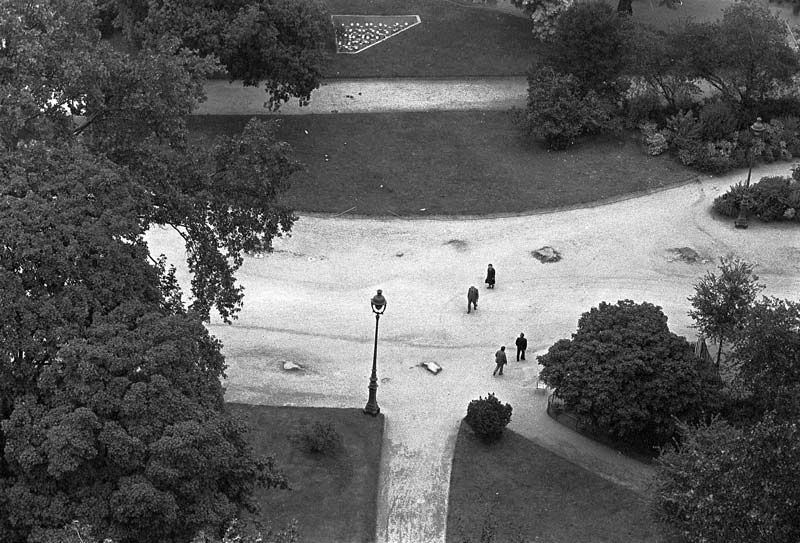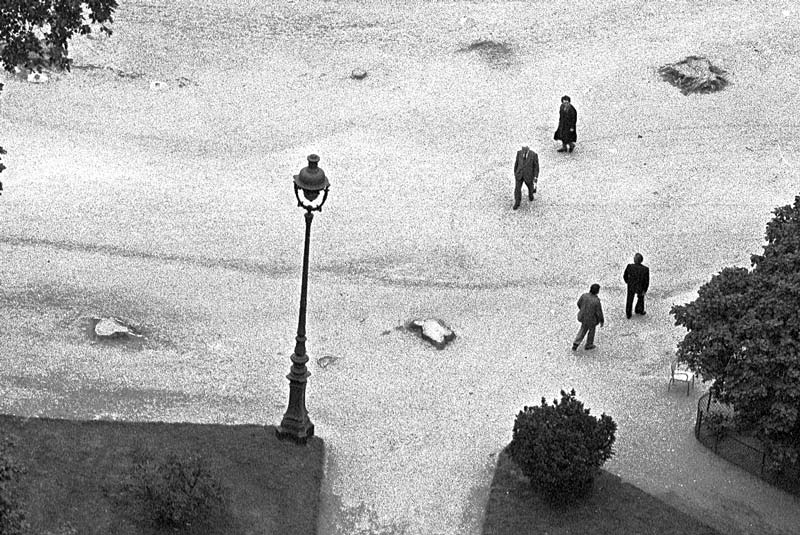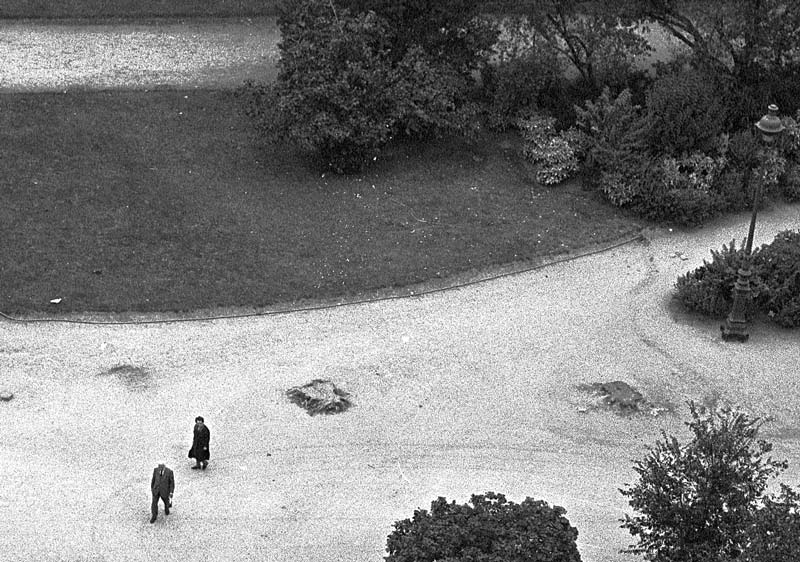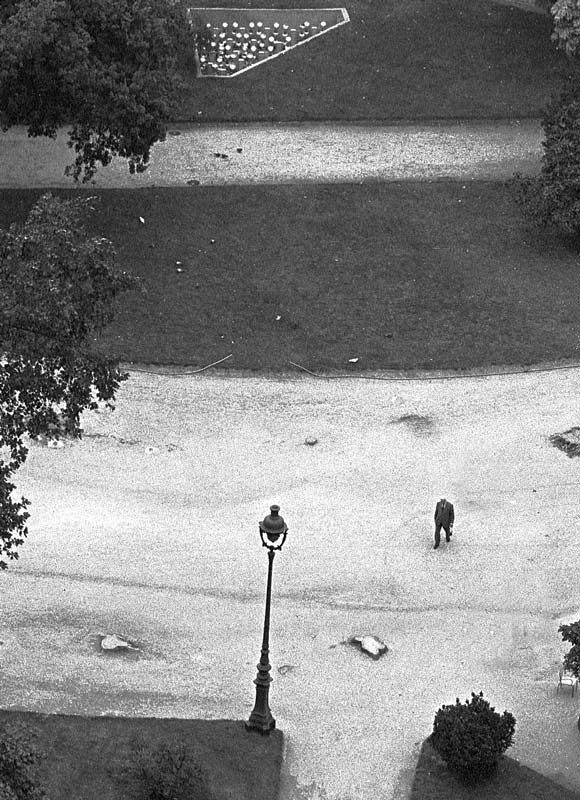If someone tells you you should only print the full frame of your negative or digital original – run – don’t walk, away.
You hear this sort of thing a lot from academics and pseudo-intellectuals. The Alfred Rosenbergs of the photography world. Sadly, unlike Rosenberg, they remain alive to propound their mealy mouthed tripe in an earnest attempt to earn what modest living their lack of intellect affords them. It goes something like this:
“No great photographic artist every crops his originals when printing, knowing that true greatness in a photograph can only be attained when the original visualization is rendered truly and uncompromisingly on photographic paper. To crop is to destroy the integrity of the creative process.â€
Often this codswallop will be followed by a reference to Cartier-Bresson whose prints are so intellectually honest that they often include the surrounding frame of unexposed film. What art. What genius.
What utter rubbish.
Given that the sole purpose of an art photograph, as opposed to a commercial one, is to provide aesthetic satisfaction for the viewer, it is irrelevant whether the spectator sees all of the frame or just a slice. The only thing that matters is that the photograph works.
Here’s a snap I took in one of the great public squares of Paris. Yes, you can check the dimensions – all of the original 24mm x 36mm of the negative is faithfully preserved.

Crossings. Paris 1977. Leica M3, 35mm Summaron. TriX/D76
Three crops follow.



In the third crop I also removed three people in Photoshop. Just didn’t like the way it looked.
Now pretend that you never saw the full frame original. Who is to say that any of the crops is better or worse? The reality, of course, is that the photographer should crop for effect and choose the best possible crop to display his art work.
The academic rule is even dumber when you think that the same effect can be largely accomplished by simply placing a longer lens on the camera. I print it full frame using a 90mm lens on the camera versus cropping from the original taken with a 50mm lens. No difference, maybe except for definition and grain. But the first picture is sacred as it is uncropped, whereas the latter is garbage as I broke a cardinal rule of academia. Doesn’t work, does it?
What with all that burning, dodging and special chemistry he used, you wonder how Ansel Adams ever got past these academics. They probably mistook darkroom technique for great photography. In one respect you can think of Adams as the Greatest Cropper of all. How different is cropping, after all, from selective exposure in the darkroom? Both have as their intent the removal of unwanted features or effects. So, for that mattter, why not remove things, as I did in the third crop above, to make the result better?
All of which goes to confirm that Those Who Can – Crop, whereas Those Who Cannot – Teach.
Crop away. Keep cropping until it looks good or move onto the next original. And if you really want to fool them, why not add a frame depicting the unexposed film, with film manufacturer of choice, in Photoshop. How intellectually dishonest of you.
You will be in good company. The great photographer Brassai thought nothing of using one original to craft two or three pictures.